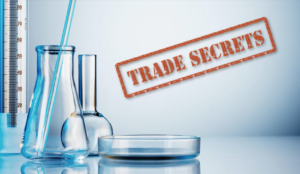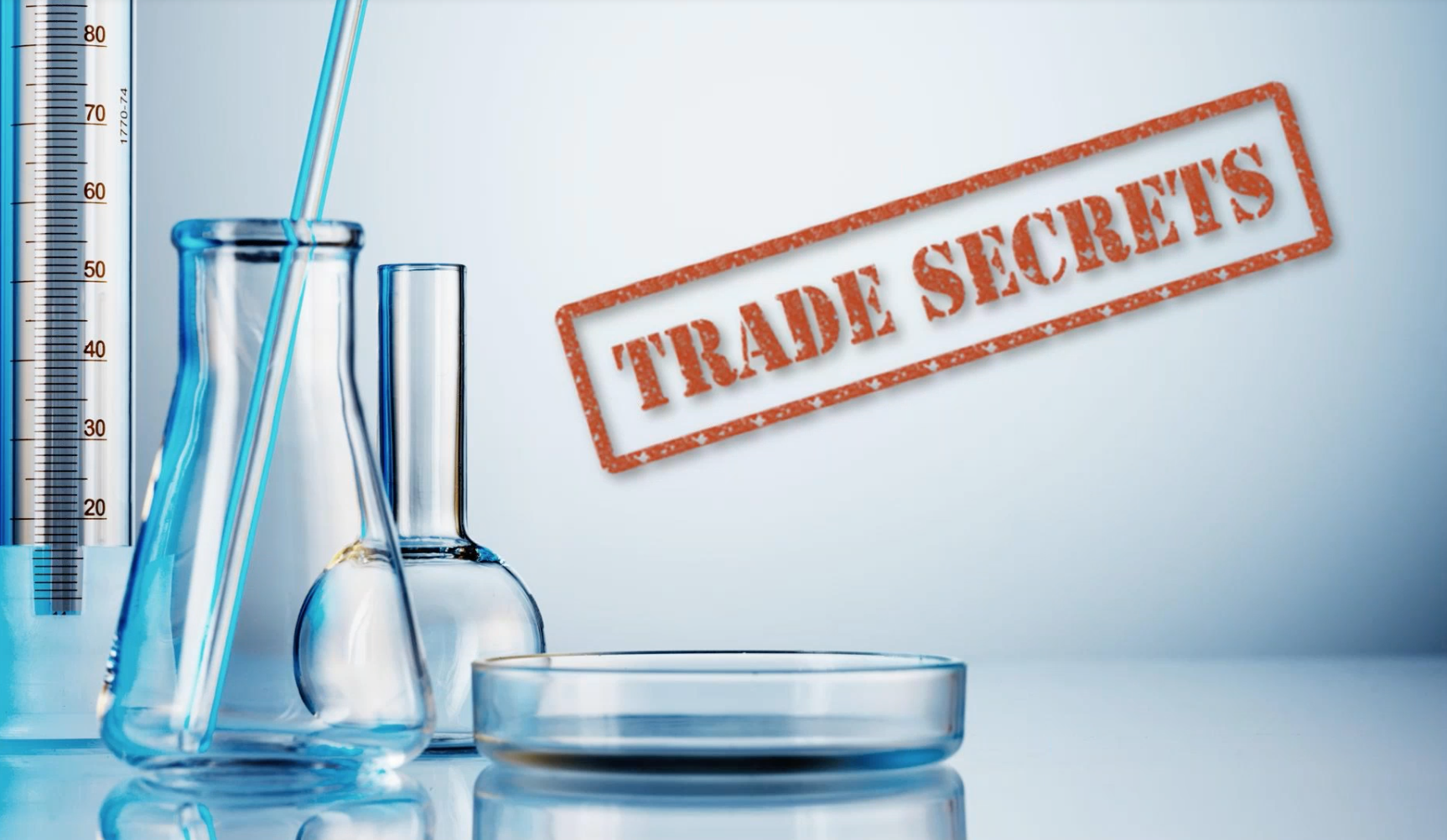
We’re often asked how to know if SDSs are in accordance with the GHS. And while there are many factors that contribute to this, we’ll break down some of the biggest considerations so you can know – beyond the shadow of a doubt – if your supplier has provided you a correct SDS.
It is important to note, however, that the emphasis here is on the end-user, not on the SDS creator.
The Difference It Makes
As we discussed previously, a safe working environment ultimately lowers your costs – and you can’t have a safe workplace if your employees don’t know how to handle the products with which they work. And that information comes, in part, from your safety data sheets. Before the United Nations developed the Globally Harmonized System, SDSs lacked consistency – using different hazards classifications, different pictograms, and different formats – which led to confusion.
Who Is Responsible
According to OSHA, the employer is responsible for making sure they have the current and correct SDSs for their employees.
It’s been over two years since the requirement for everyone to have GHS SDSs passed in June 2016. And while suppliers are required to provide an SDS upon request, you need to make sure it’s in accordance with the GHS. If it’s not, you need to document your due diligence and get an updated SDS from them.
But if you don’t know what one looks like at least at a high level, you won’t know when to push back on the supplier – or when to change suppliers – and you’ll be the one who will be fined.
GHS SDS Checklist: Is The Answer Yes?
Here is a quick-hit checklist of what to look for to ensure the SDSs you receive are in accordance with the GHS. It is important to note, however, that while the answer to all these may be ‘yes’ there are caveats to a few that require a little more attention.
- Safety Data Sheets: If it says MSDS, it’s definitely not up to date in accordance with the GHS. But even if it says SDS, you still need to check off the remainder of this list to be absolutely sure.
- OSHA HAZCOM 29 CFR 1910.1200: Classified in accordance with paragraph (d) of 29 CFR 1910.1200.
- June 15, 2016: While the date of preparation end users needed to comply by was June 2016, manufacturers had to comply by June 2015, and suppliers by December 2015. Anything before those dates is likely not in accordance with the GHS. And a good rule of thumbs is to review SDSs more than two years old regardless.
- 16 sections: The old OSHA format was eight sections. The 2012 OSHA Hazard Communication Standard requires new SDSs to be in a uniform 16 section format. This is critical, especially in sections 2 and 3.
- Section 1 Identification
- Section 2 Hazard(s) identification
- Section 3 Composition/Information on ingredients
- Section 4 First-aid measures
- Section 5 Fire-fighting measures
- Section 6 Accidental release measures
- Section 7 Handling and storage
- Section 8 Exposure controls/Personal protection
- Section 9 Physical and chemical properties
- Section 10 Stability and reactivity
- Section 11 Toxicological information
- Section 12 Ecological information
- Section 13 Disposal considerations
- Section 14 Transportation information
- Section 15 Regulatory information
- Section 16 Other information
- Ingredients in Section 3: Bottom line: If the ingredients are in section 2, it’s not in accordance with the GHS.
Trade secrets or Confidential Information
It’s important to know that if a trade secret ingredient is present in a product and you are mixing products, you’ve gone beyond being a user. You are then responsible for disclosing information on that trade secret because trade secret information hazards accumulate and you are responsible for reporting it on your products – even if it’s not listed on the supplier products. It’s also important to note that if you’re doing any kind of mixtures, you need to make sure you have full disclosure of the hazardous ingredients.
Other Important Considerations
Here are just a few other important factors when determining if your SDS is in accordance with the GHS.
- OSHA requires the manufacturer to disclose hazardous ingredients that are above the reporting threshold – which often varies by jurisdiction and ingredient.
- You are responsible for documenting requests for the correct SDS from suppliers and if the supplier does not have or does not provide a safety data sheet in accordance with the GHS, you need to document your good faith effort in obtaining it as, without it, you can be fined.
- If you private-label a product, you are liable for the accuracy of the SDS. If your name is on the SDS as the manufacturer of the product, you are responsible for the accuracy of the information on the SDS.
Ultimately, the goal of the GHS is to reduce the likelihood of illness and injury related to chemical exposure. And as the employer, you are responsible for increasing understanding and reducing risks for your employees.
At GSM, we will work with you to understand your challenges and come up with the best solutions to keep you in compliance. Contact us today to see how we can help you save time and money so you can focus on what is important to your business!


